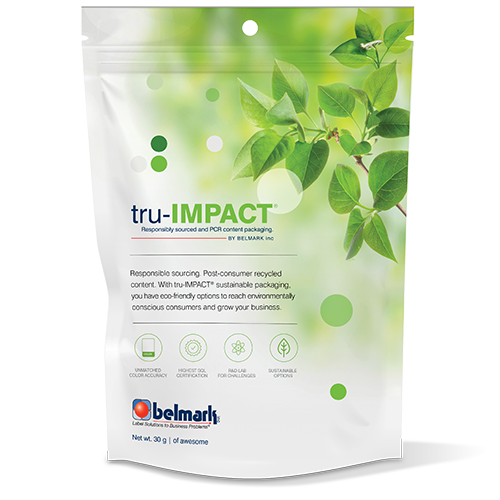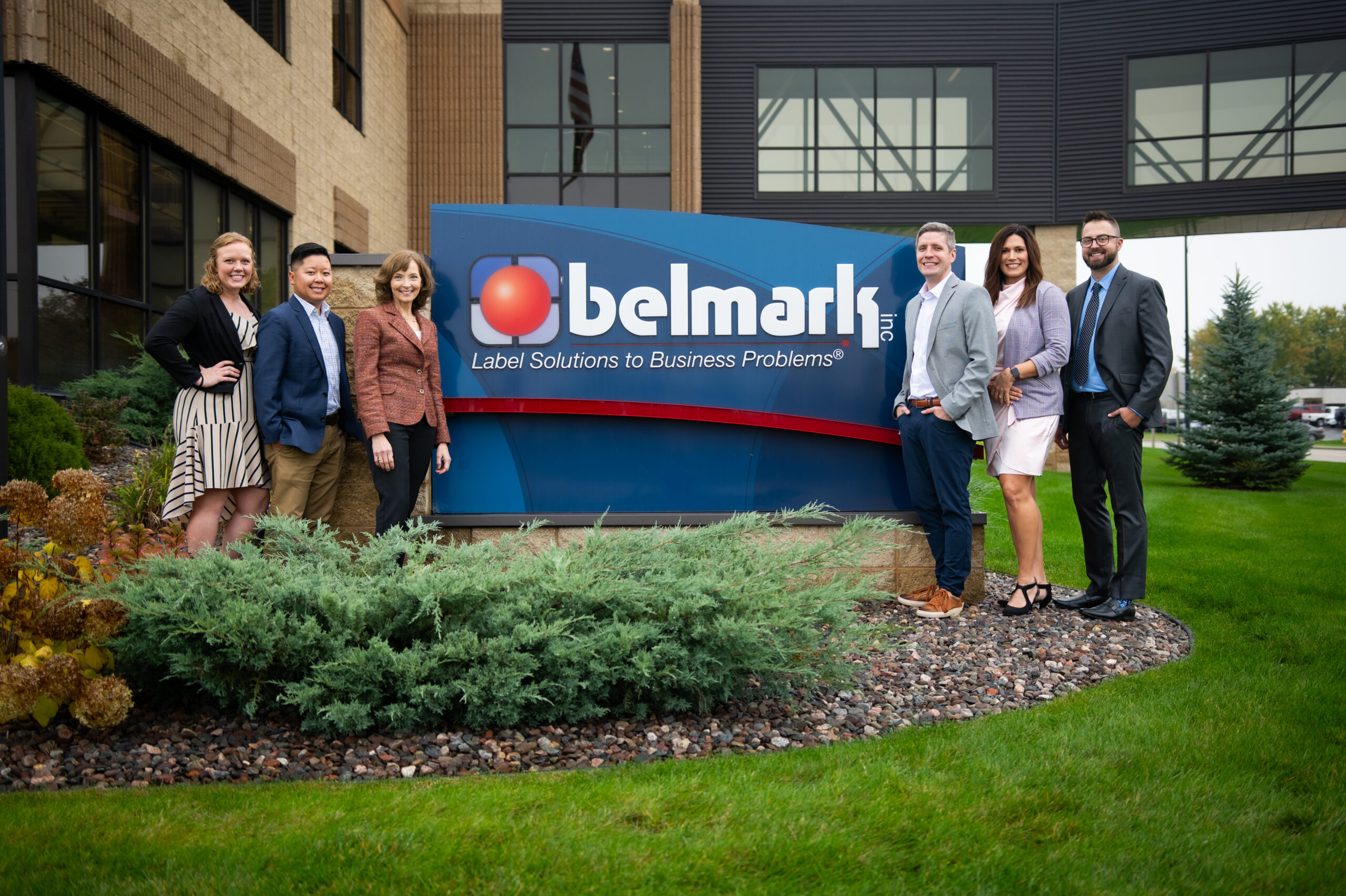For example, a plastic canister for coffee can use up to two times the water and consumes 518% more fossil fuels than a stand-up flexible pouch, according to a case study by the Flexible Packaging Association. A steel can uses 16 times the amount of water and, if not properly recycled, contributes 304% more material to a landfill than a standup pouch.
Among the sustainability gains found in flexible packaging were source reduction (fewer materials used and landfilled), fewer greenhouse gas emissions, and lower energy consumption. These features made (and still make) flexible packaging an attractive option for brands looking for more eco-friendly packaging options.
Expanding the Definition of “Sustainable Packaging”
Because of its lower carbon footprint, product-to-package ratio, and other features, flexible packaging broadens the definition of “sustainable” beyond “recyclable.” However, consumers still want to see packaging that reduces plastic waste, whether it be recyclable packaging or options that include recycled content, according to research by McKinsey & Company.
Increasing concerns about waste production, marine litter, and water pollution in particular are driving consumers to support brands that adopt sustainable packaging materials. In the survey by McKinsey & Company, some 60–70% of US consumers said they’d pay more for sustainable packaging.
Interestingly, while consumers in the McKinsey study see some rigid formats, such as glass, as sustainable, 53–57% of consumers see plastics (compostable or fully recyclable films and bottles) as extremely or very sustainable. The study also found that consumers are equally interested in recyclable packaging and packaging made from recycled content. These trends apply to multiple segments, including produce, beverages, pet food, packaged dry food, and household products.
Innovations in Flexible Packaging
This research points to a demand for packaging that’s sustainable in all stages of the life cycle, from design to end of life. It reveals a continued interest in source reduction and a desire to reuse—not entirely avoid—materials that ultimately provide benefits beyond sustainability, whether convenience, product protection, or something else.
In response to this demand, packaging engineers have innovated within flexible packaging and beyond it. New eco-friendly packaging options do include recyclable formats, but also encompass options made from recycled content, contributing to a circular economy. Some packaging suppliers also use energy-efficient equipment and responsibly sourced materials to offset environmental impact and help preserve natural resources.
With continuous advancements in sustainable packaging, it can be challenging to know which innovation will work best for your product. Contact us today to learn more about sustainable packaging formats, their features, and their compatibility with your product and equipment.



